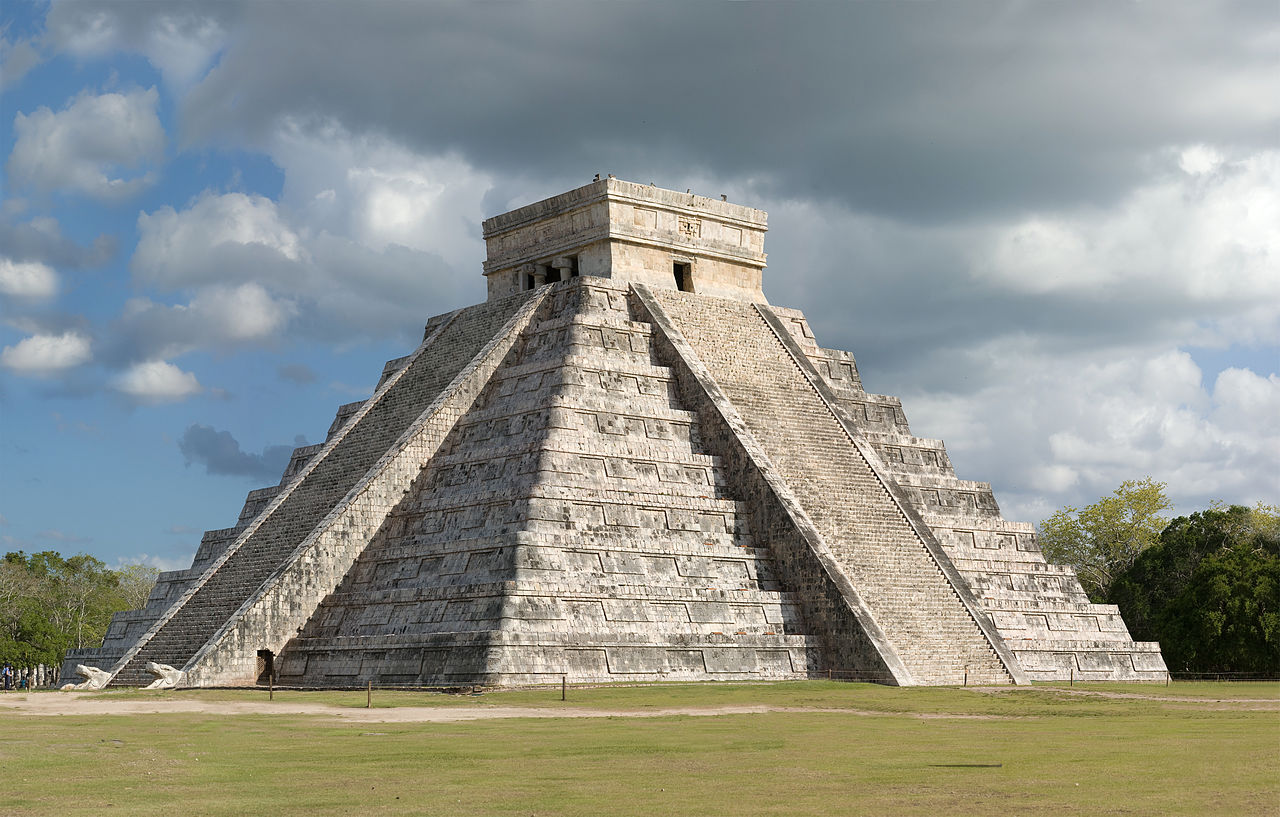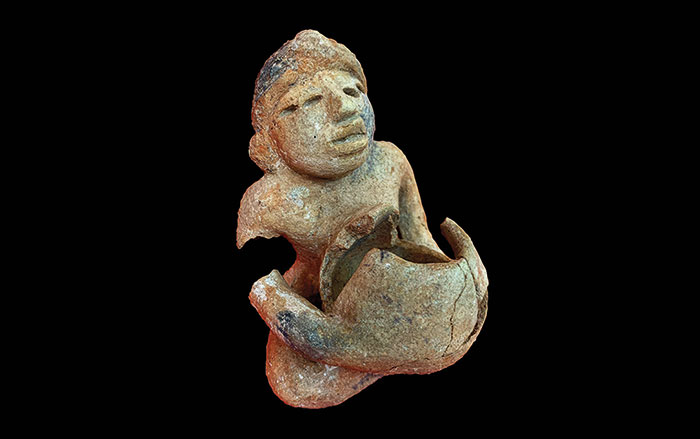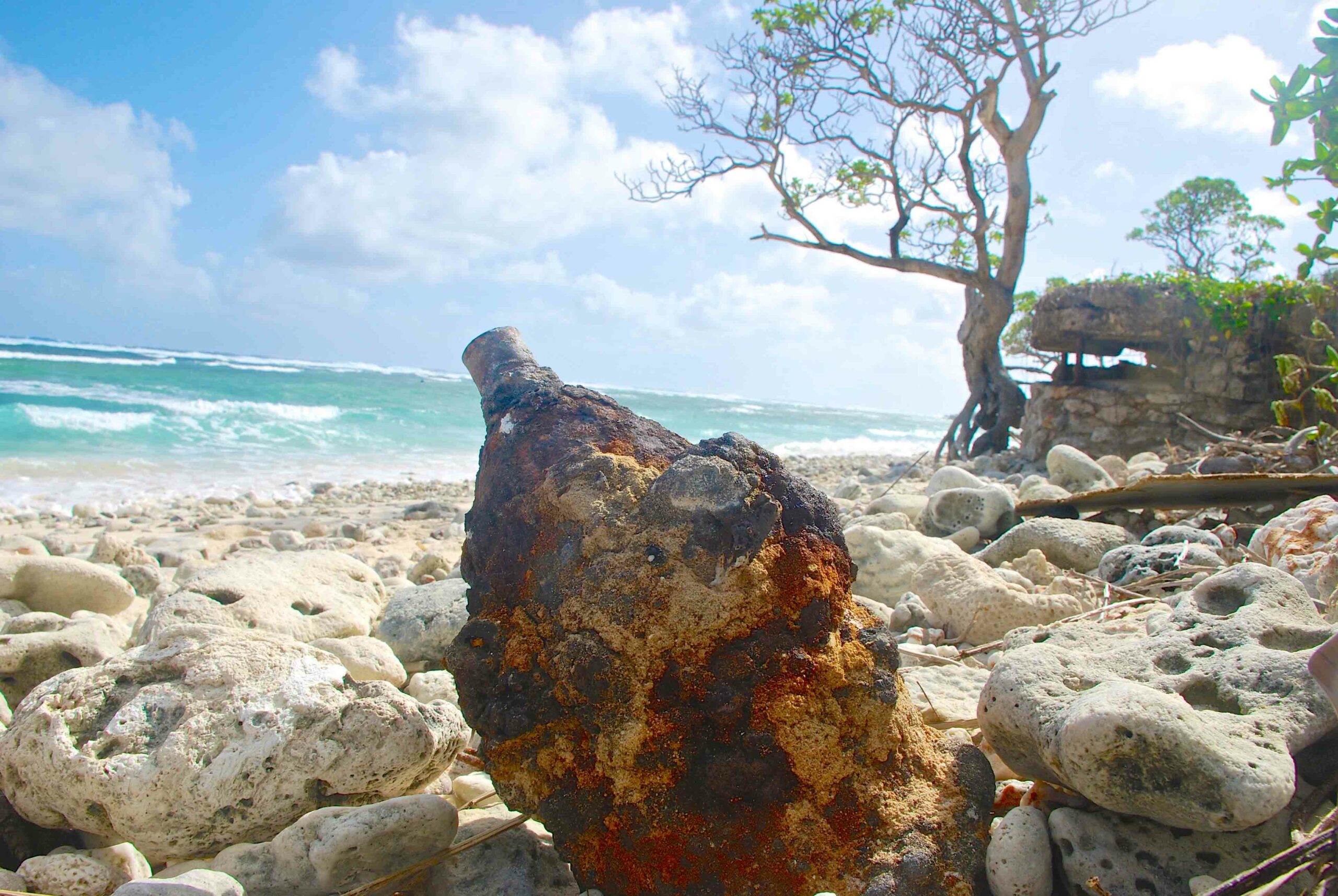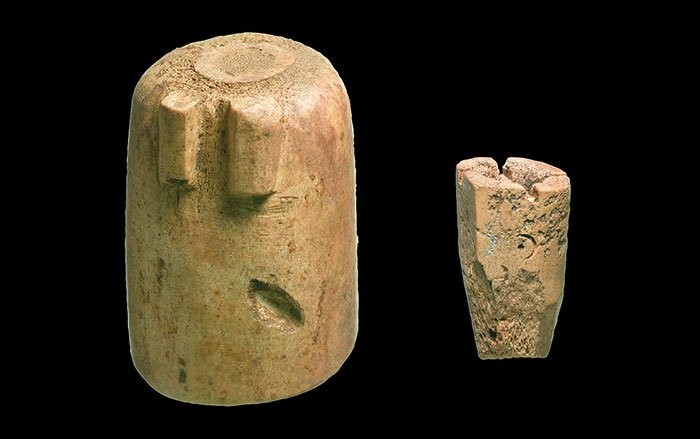
NEW HAVEN, CONNECTICUT—A new study of lake sediment cores in Mexico’s northern Yucatan region and in Guatemala has found that markers of historic droughts in Central America correspond with patterns of disruption in Maya society. “Our work demonstrates that the southern Maya lowlands experienced a more severe drought compared to the north. The south was the center of the Maya population, and their capacity to adapt was limited. The north was already accustomed to fairly dry conditions and did much better. There was actual expansion there after the collapse, but the southern cities never recovered,” Mark Pagani of Yale University said in a press release. The team examined hydrogen and carbon isotopes in leaf waxes from the sediment cores. The hydrogen isotopes provided information on drought, and the carbon isotope signatures provided information on agricultural methods. Peter Douglas of the California Institute of Technology notes that early in the drought period, the Maya adapted their method of farming maize from slash and burn to a more intensive system of agriculture so that their populations continued to grow. “The research makes clear that the ancient Maya were not passive victims of climate change—they adapted in response to drought, but it only worked up to a point,” Douglas added. To read in-depth about ancient Maya civilization, see "The Maya Sense of Time."










